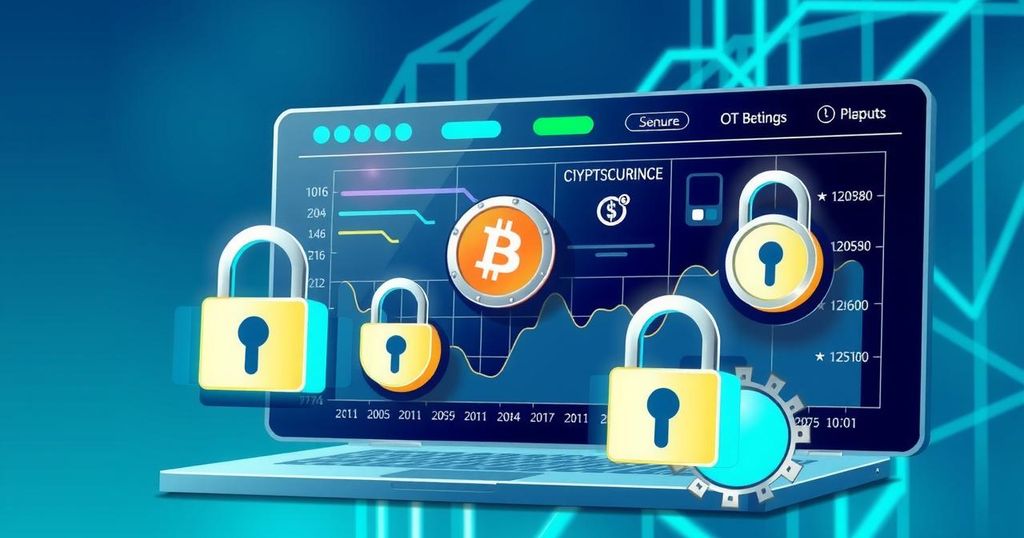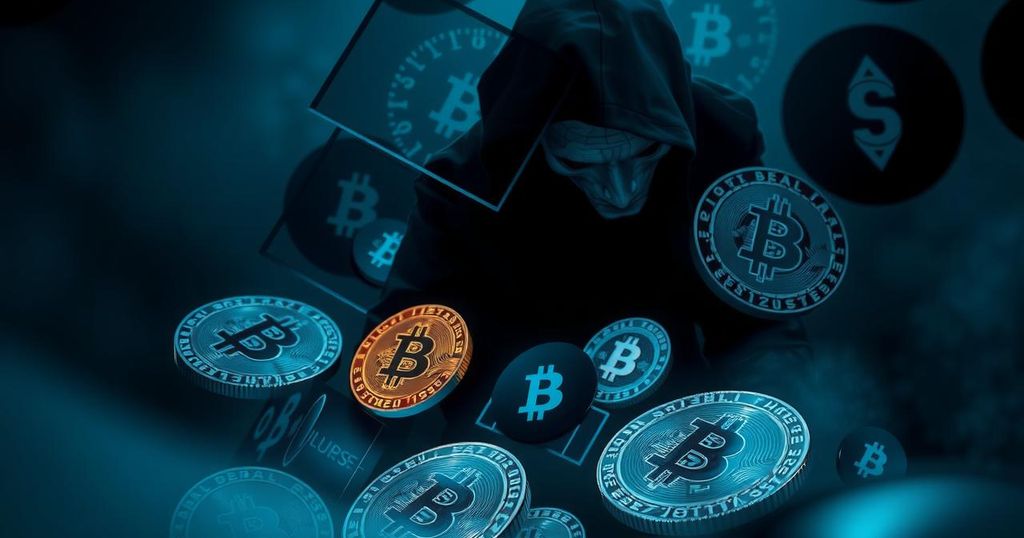Coinbase Suffers Major Data Breach: A Look Into the 2025 Incident
Coinbase faced a severe breach on May 11, 2025, when hackers demanded a $20 million ransom after stealing sensitive customer data. Despite investing heavily in cybersecurity, this incident revealed vulnerabilities linked to insider cooperation. Coinbase’s response was aggressive; reporting the breach to authorities, offering a reward for the attackers, and ensuring support for affected customers. The breach has raised important discussions about crypto security and customer responsibility.
Coinbase, the leading cryptocurrency exchange in the U.S., faced a significant breach on May 11, 2025, marked by a ransom demand of $20 million from an unidentified hacker. This unsolicited approach raised eyebrows, especially given Coinbase’s heavy investment in its cybersecurity systems. Interestingly, a blockchain analyst, ZachXBT, had already alerted the community in February about rising thefts involving Coinbase users, attributing them to aggressive risk models that failed to deter social engineering scams costing a staggering $300 million a year.
Delving deeper into past events reveals a pattern of theft within Coinbase. Following ZachXBT’s analysis, which noted a $65 million loss from user funds between late 2024 and early 2025, it appears that this breach was an inevitable conclusion to a troubling trend. The breach confirmed fears that sensitive information, such as account balances, identification images, phone numbers, and bank details, was indeed stolen.
The fallout from the breach didn’t stop at stolen data; on May 21, the hacker converted $42.5 million from Bitcoin to Ether utilizing THORChain, leaving a mocking message behind. The phrase “L bozo” along with a meme involving NBA player James Worthy was both an act of bravado and a personal jab at ZachXBT, who had been sounding alarms about the thefts on social media.
What set this breach apart from regular crypto hacks? It felt more like a traditional IT security disaster than a crypto-specific vulnerability. The whole saga began with offshore customer service agents in India being swayed into revealing sensitive customer data; they were effectively recruited by these unknown criminals to assist in their nefarious plans.
Coinbase’s internal security team managed to catch on to the scheme, leading to the termination of the involved employees and a swift notification to the affected users. While 69,461 accounts were breached, the extent of the information stolen rendered this perception of a minor incident inadequate. The company, instead of surrendering, chose to report the breach to law enforcement and publicly disclose the scope of the attack.
The timeline illustrates how Coinbase flipped a potentially damaging situation on its head. Ransom requests went unanswered as they offered rewards for information about the attackers, emphasizing a responsive counteroffensive strategy that may well change how companies react to threats in the future.
In light of the sensitive nature of the stolen data, the effects of this breach are severe. Coinbase detailed what information was accessed by attackers, which included driver’s license and passport images, partially masked Social Security numbers, and some account transaction histories. However, fortunate customers could breathe a sigh of relief knowing their login details and keys remained uncompromised.
Coinbase sprang into action post-breach, instituting a multi-faceted response strategy. This began with an outright refusal to meet the ransom demands—the money meant for criminals was instead diverted toward a fund aimed at finding them. The company also committed to reimbursing defrauded customers, with those costs expected to reach as high as $400 million.
To bolster protection, Coinbase is providing a year of free credit monitoring and identity protection services for the affected users, alongside stronger security measures like updated ID verification procedures for large transactions. They’re even expanding their customer support operations within the U.S. to help mitigate insider threats further.
Coinbase is collaborating with law enforcement in pursuit of the cybercriminals while ensuring complete transparency with affected customers about the ongoing situation. These steps show a firm commitment to customer safety and security in an increasingly complex digital landscape.
But what does this mean for customers and the industry? It prompted a necessary conversation about safety practices in the crypto world. Coinbase’s breach has underscored the importance of individual vigilance; consumers must adopt measures like allowing wallet address listings, employing multi-factor authentication, and staying up-to-date on security alerts to defend against possible impersonation and scams in this treacherous online space.
In the end, although this incident felt like a plot twist in a cybersecurity thriller, it serves as a wake-up call across the industry. Companies and users alike must fortify defenses and remain one step ahead of those who profit from our vulnerabilities.
In essence, the 2025 Coinbase breach stands as a stark reminder of cybersecurity’s fragile nature, even for a major player in the industry. While Coinbase’s proactive approach to transparency and security improvement is commendable, the vulnerability highlighted underscores the need for both companies and users to bolster their defenses against potential insider threats and cyber extortions. With scams evolving, consumer awareness and vigilance remain paramount in these times of escalating digital risks.
Original Source: cointelegraph.com




Post Comment